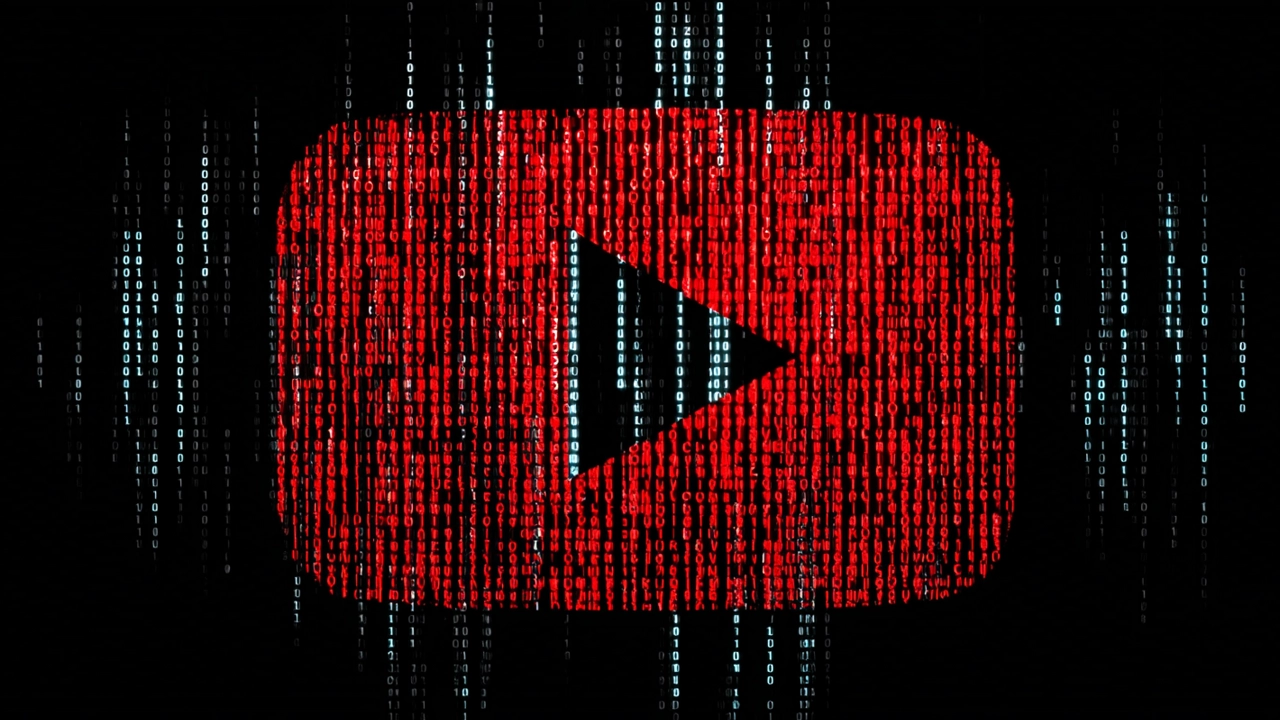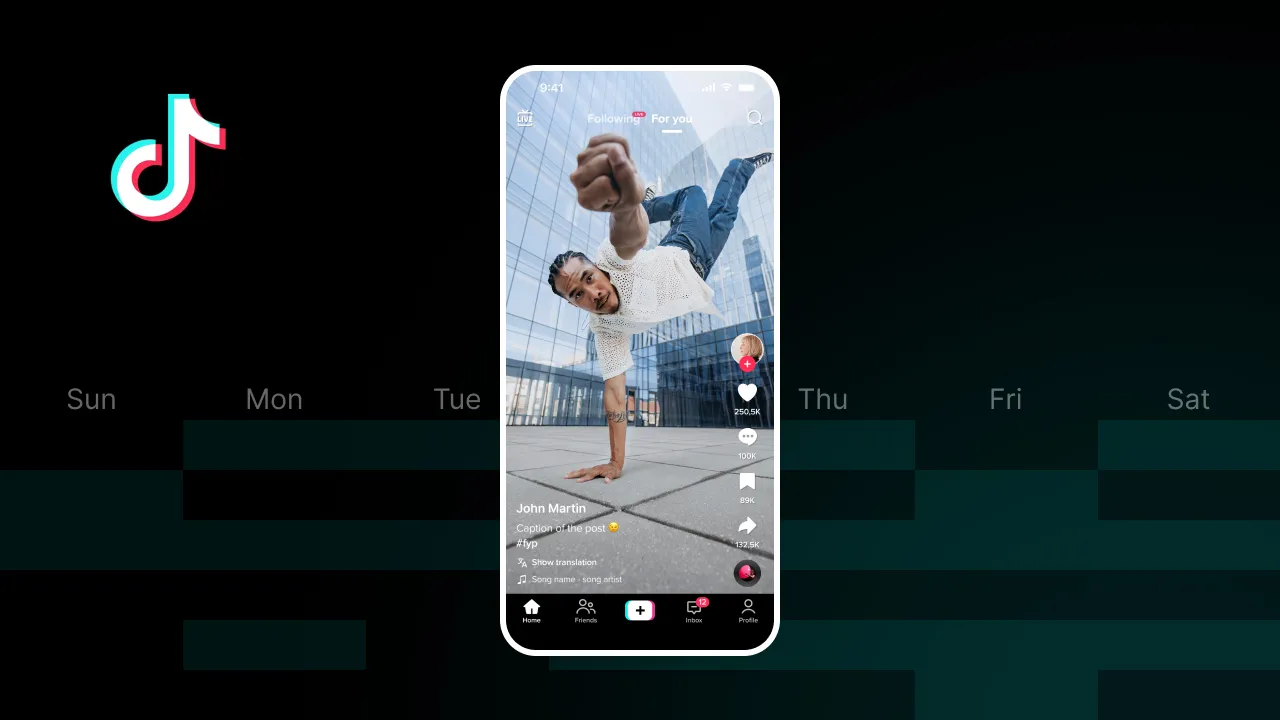Some prefer reading. Some prefer watching. But Gen Z broke the mold by doing both at the same time using AI video captioning.
Gen Z stands out as a generation embracing the immersive experience of watching and reading short information. The use of AI-powered tools is making this possible by seamlessly integrating captions into videos. As artificial intelligence redefines how people engage with video content, we're here to explain how it works.
This listicle unveils three remarkable ways artificial intelligence for video captioning is revolutionizing media consumption and marketing for everyone, not just Gen Z.
{{button-richtext}}
What is Video Captioning AI?
Here at Submagic, we understand this concept very well. After all, captioning videos is our specialty.
AI video captioning is a transformative technology that utilizes artificial intelligence and machine learning algorithms to generate video captions automatically, demonstrating the benefits of AI agents in enhancing content accessibility and engagement.This innovative process involves three key steps:
- Speech Recognition: The AI system first listens to the audio track of the video and converts the spoken words into text using advanced speech recognition for video captioning.
- Natural Language Processing (NLP): The generated text is then processed using NLP algorithms to identify and analyze the grammatical structure, vocabulary, and context of the spoken language. This step ensures that the captions accurately convey the meaning of the audio.
- Caption Generation: Based on the processed text, the AI system generates AI video captioning that accurately represents the spoken content. These captions are typically synchronized with the audio to ensure a seamless viewing experience.
3 Ways Adding Captions to Your Videos Will Boost Engagement
1. Enhanced Accessibility
Probably, you wouldn’t have thought we were putting this one at the top, but we thrive in diversity. 🧡
Video has emerged as a dominant force, captivating audiences with its immersive storytelling and dynamic visual appeal. However, this surge in video consumption has also highlighted a critical gap in accessibility. A gap that got wider during the COVID-19 pandemic.
Have you ever wondered how deaf or hard of hearing people study?
Back in 2018, Microsoft was already answering this question. Microsoft provided Professor Sandra Connelly with an AI-powered communication technology to put captions on the class screen.
AI video captioning opens up a vast audience of potential viewers who could not fully engage with video content. This translates into increased viewership, longer watch times, and a higher likelihood of viewers interacting with your content.
2. Expanded Reach
Bid goodbye to the days when language barriers were a thing.
Beyond its fundamental role in accessibility, AI-powered video captioning tools encourage unity by connecting people from different cultures. This not only promotes cross-cultural understanding but also opens up opportunities for collaboration with content creators across the globe.👍
AI video captioning catalyzes expanded reach, enabling content creators to connect with new customers and broaden their online presence.
3. SEO Optimized Scripts
Facebook conducted a study that found that videos with captions had an average 12% higher viewership than videos without captions. Now, imagine the reach if your video scripts are SEO-friendly.
Crafting video scripts with SEO in mind enhances the discoverability of your content. Algorithms favor well-optimized content, driving your videos to higher ranks on search and discovery platforms.
To effectively craft SEO-optimized scripts, consider these practical tips:
- Keyword Research: Identify relevant keywords related to your content and integrate them into your script.
- Natural Language Flow: Avoid keyword stuffing and maintain a natural flow of language throughout your script.
- Utilize Metadata Effectively: Leverage metadata, including titles, descriptions, and tags, to reinforce the SEO value of your video. Provide comprehensive information to enhance search engine understanding.
How to Use AI Video Captioning on Social Media
Choose the Right AI-Powered Video Captioning Tool
Select a reliable AI video captioning tool that aligns with your needs. Ensure it offers accurate transcriptions, supports multiple languages, and integrates seamlessly with your chosen social media platforms. 👍
Upload Your Video Content
Start by uploading your video content to your selected AI video captioning tool. For example, submagic lets you directly upload video files, and other tools provide links to your content.
Configure Captioning Settings
Customize captioning settings based on your preferences. This may include choosing the placement and style of captions, adjusting font size, and selecting the language for transcription.
Utilize Automatic Transcription
Take advantage of the automatic transcription feature provided by the AI video captioning tool. The system uses advanced algorithms to analyze audio and visual elements, generating accurate and synchronized captions for your video.
Review and Edit Captions
Carefully review the automatically generated captions to ensure accuracy. We are sure you don’t want the AI confusing “meat” with “meet.” Edit as needed to refine the content and fix any discrepancies. And voilà! An excellent hack for social media engagement and growth. 🚀
{{cta-richtext}}
People Also Ask
Does AI do subtitles?
Yes, AI can do subtitles. An AI subtitle generator can automatically generate captions for videos, making them accessible to people who are deaf or hard of hearing.
What is the AI tool to caption videos?
Trust Submagic to be your “go-to” AI-powered video captioning tool that automatically generates accurate and customizable captions for your videos. Submagic supports 48 languages, making it a convenient and efficient solution for enhancing video accessibility and engagement.
How do I auto generate captions on a video?
AI video captioning your videos is a straightforward process with Submagic. Create an account, choose a plan, upload your video, select the language, and let submagic's auto caption generator handle the rest. Review and edit the generated captions, then download or embed them directly into your video.
















.webp)




.webp)

.webp)




